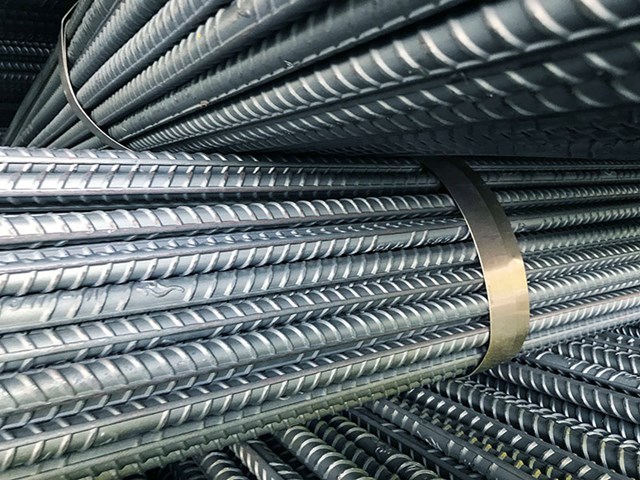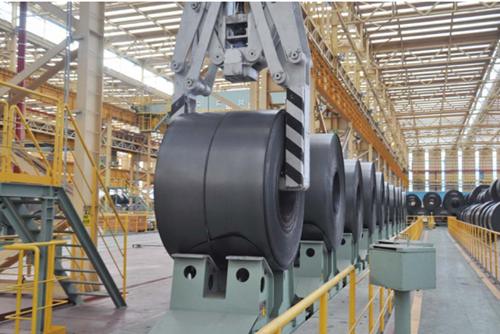Although the cost of transporting containers from Vietnam to European and North American seaports has increased by 5 to 10 times compared to the first months of 2020, most of the profits have gone to foreign shipping lines.
Foreign shipping lines dominate the market
After 3 months of interdisciplinary working group inspecting 9 shipping lines and working with industry associations, the Vietnam Maritime Administration, the Ministry of Transport (MOT) has issued Official Letter No. 2606/CHHVN-VTDVHH report to the Ministry of Transport on the results of inspection of freight rates and surcharges in addition to freight rates of foreign shipping lines.
As noted by the inspection team, all 9 foreign shipping lines have representatives in Vietnam in the form of 100% foreign-owned enterprises, performing business activities on behalf of shipping lines and acting as contract agents. Revenue from freight rates and other surcharges according to the price is transferred to the parent company in foreign countries. Shipping lines pay contractor taxes and other taxes and fees in accordance with Vietnamese law.
 |
Timely solve difficulties and problems, support businesses to promote goods circulation
For routes to Europe and America, the percentage of containers directly booked from Vietnam with shipping lines is very low (only 10% for routes to North America, 20% for routes to Europe) and most of them are made by shipping lines. currently through forwarding companies, agents, logistics. Contracting for transport and paying for freight is usually undertaken by a foreign partner (buyer or seller). Only a few large shippers in Vietnam sign direct contracts with foreign firms due to the stable volume of import and export goods.
A representative of the Inter-sectoral Working Group said that Vietnam’s freight market share for exports to Europe and North America depends entirely on foreign shipping lines. Rates and surcharges are also decided by shipping lines. Vietnamese shippers have a small scale and seasonal demand, so they do not have plans to sign long-term transport contracts, leading to many risks when the transportation market fluctuates.
The Vietnam Maritime Administration also said that due to dominating the market, foreign shipping lines collect a lot of surcharges in addition to freight rates for Vietnamese import and export goods owners. Even during the Covid-19 pandemic, foreign shipping lines continued to increase surcharges and increase freight rates, causing the transportation cost of Vietnamese exports to major markets such as Europe and North America to climb. ladder.
Need to carry out containerization of Vietnam’s fleet
A representative of the American Chamber of Commerce said that Vietnam is the second largest exporter of containerized goods to the US in Asia, with an output of up to 945,000 TEUs, up 39% over the same period last year. , twice as high as Korea with 418,000 TEU. In the first half of 2021, the growth rate of import and export goods packed by containers at Cai Mep deep-water port complex increased by 41% and accounted for about 60% of the country’s export of containers. Currently, Cai Mep – Thi Vai cluster is being connected to the US by 21 direct container trains per week.
It can be seen that the lack of breath of domestic shipping companies in the race for market share in exporting containers has been going on for a long time and is getting worse. The opening of shipping routes directly to the United States and Europe is always a great aspiration for domestic maritime enterprises. However, this is really a challenge that is not easy to overcome for domestic shipping lines who are facing financial difficulties. Therefore, opening and exploiting transport routes to Europe and North America with a fleet of ships flying the Vietnamese flag is a very long way, in which the first step is the need to quickly accelerate the process of containerizing the fleet. Vietnamese ships.
A major obstacle in the restructuring and renewal of the fleet in the direction of containerization is that most of the Vietnamese fleet invests in the hot development period, the ship price is very high, the investment capital is borrowed from commercial banks. . The fleet is getting older and older, it is difficult to compete with foreign partners with a new generation fleet, so without the cooperation and support of domestic import-export enterprises, the process of containerizing the Vietnamese fleet will be difficult. very difficult.
According to maritime experts, in order to have leading enterprises in the field of international shipping and gradually regain market share in export and import container transport, both shippers and state management agencies need to jointly helping domestic shipping lines, especially creating a stable source of goods, preferential credit loans.
T&G International Joint Stock Company
Address: 352 Hue Street, Le Dai Hanh Ward, Hai Ba Trung District, Hanoi
Hotline: 0345786803
Email: hrm@tginterjsc.com
Website: http://tginternationaljsc.com




















